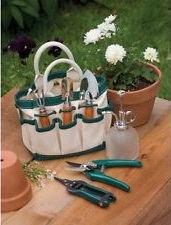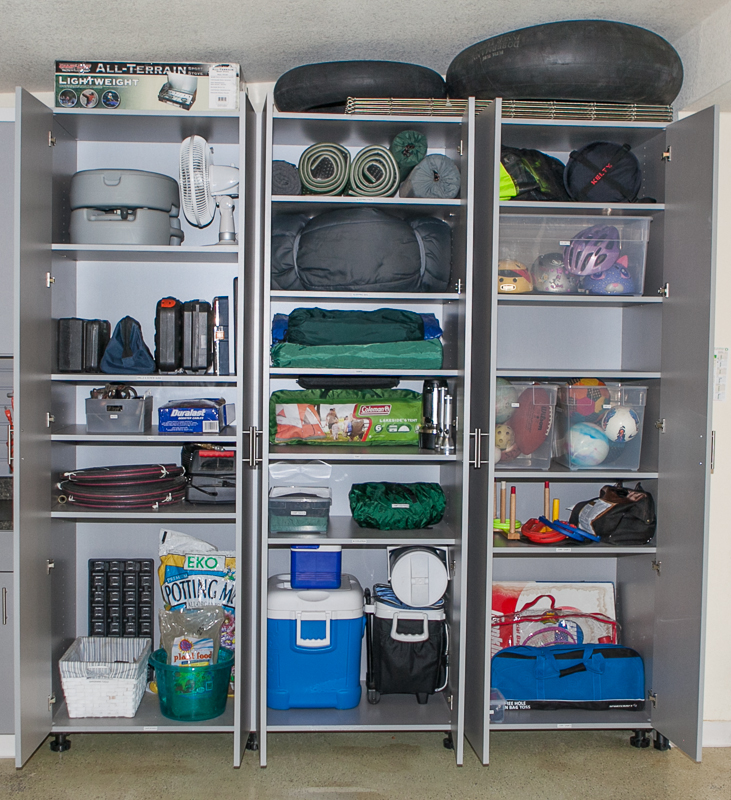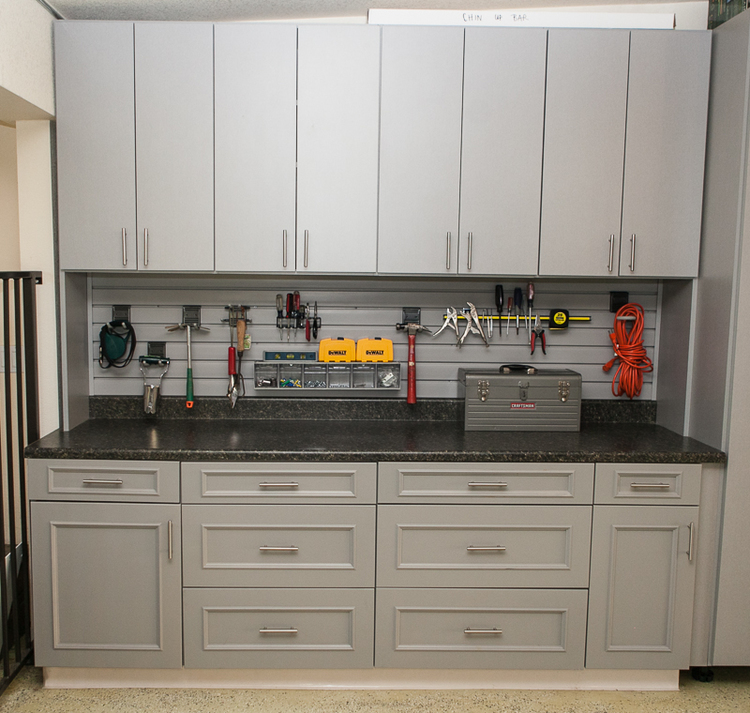Green Up Your Act! Getting Your Gardening Zone in Shape
/Spring always seems to lead the charge when it comes to getting things in order. Maybe the inspiration comes from opening windows long closed against winter’s chill and feeling the sunshine flood in; maybe it’s hearing the robins’ song as soon as you open your eyes in the morning. Regardless, a true spring clean is never confined to just the inside of your home. It extends outside as you clear debris out of garden beds, cut back dead growth, and generally give the outside of your house the same facelift you gave the inside a few weeks back.
Getting your gardening gear in order makes all the difference to the success of your project. Whether you have a shed or a simply a dedicated area in your garage, here are a few tips to whip your green thumb zone into submission.
One of the most useful organizational tools for a gardening area is a bulletin board. Here’s where you hang your calendar of events: what you planted, when you fertilized, what’s coming up in your veggie garden, what tasks are ahead. You can also use it to tack up labelled envelopes for used seed packets, plant info stakes, or receipts for plantings that come from stores with a 12-month survival policy (like Home Depot). Having a simple gardening HQ keeps you on top of your home’s curb appeal.
A ready-when-you-are garden carryall is a real timesaver. Anything with a handle is perfect for this--a basket or even an old-style milk delivery crate will do the trick. Stock it with gardening gloves, clippers, weeder, knee pads, and any other tools you always like to have close by. You may be surprised how much quicker it is now to weed the petunia bed!
Keeping as much off the floor as possible is key, so designate a hanging area for shovels, rakes, and hoes, and a few shelves with containers for smaller items. If you have space on the wall or the back of a door, a compartmentalized cloth shoe rack works well to store full seed packets, gardening stakes and twist ties, and smaller hand tools. Keep hoses and extension cords for power tools well coiled with Velcro straps.
At a certain age a potting station (which can be as simple as two sawhorses with a piece of wood or counter across them and a lattice against the wall) is the only civilized way to work on your planters and window boxes. It also provides storage underneath for soil, compost, and fertilizer. These large bags are best stored off the floor either in oversized plastic tubs or on a shelf. If you use chemicals in your garden, you might consider a locked box or high cabinet to ensure curious children can’t get at them.
Because soil is an integral part of the equation whenever you are talking gardening, your shed or garage gardening area is going to--you guessed it--attract dirt. Keep a small broom and dustpan on hand in this area to keep dust, dirt, and cobwebs at bay.
Any project you tackle, inside or out, is always easier when the required tools are organized, visible, and easy to access. It’s amazing how much easier it is to head out to the garden when you don’t have to spend fifteen minutes searching for those elusive clippers. Give your green zone the same love you show the inside of your house and get paid back every day with a healthy, thriving garden.
Happy Organizing!













